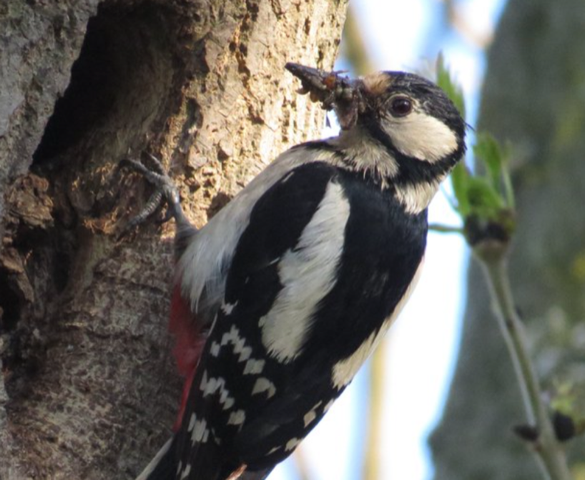Development should protect and enhance biodiversity. Where practicable, proposals should demonstrate how measurable net gains will be achieved. Where development would result in the loss or significant harm to biodiversity, applicants will be required to demonstrate that the adverse impacts will be adequately mitigated, or as a last resort compensated for.
Any future housing developments should have regard to Interim Supplementary Planning Document 23: Mitigation for European Sites or any successor document. All financial contributions required in accordance with this policy will be secured by way of a planning obligation under section 106 of the Town and Country Planning Act 1990, or any subsequent amending legislation.
To protect water dependent protected and priority species, developments on or near watercourses, drains, ponds or wetlands need to appropriately consider these species. Opportunities should be taken to conserve and enhance the habitat for water dependent protected and priority species and to create and restore important habitats.
Where appropriate, development schemes should embed proposals which look to enhance existing natural features within the site and increase biodiversity, such as maximising the potential for gardens in new residential development to contribute to biodiversity by providing a habitat for wildlife.
The plan area includes a wide range of species and habitats including: the Boldon Pastures SSSI which lies to the east of the plan area in an exceptionally biodiverse wildlife corridor; areas of woodland, magnesian limestone grassland to the west of the plan area and good quality agricultural land. There are five designated local wildlife sites at Black Plantation, Boldon Flats, Low House Copse, Tilesheds Burn and Turner’s Hill. Priority species have been recorded in the plan area, including water vole and the plant tubular water-dropwort. The plan area is also identified as important for farmland birds, including corn bunting, grey partridge, lapwing, snipe, tree sparrow and yellow wagtail.
An increase in residential development in the plan area could result in an impact on the internationally important Northumbria Coast Special Protection Area and Durham Coast Special Area of Conservation. New development may result in increased recreation related disturbance. Policy EB7 has identified that these adverse impacts could be ameliorated where developers agree to appropriate mitigation.
Policy EB7 therefore seeks to protect and enhance biodiversity across the plan area and will support the delivery of plan objective 3.
